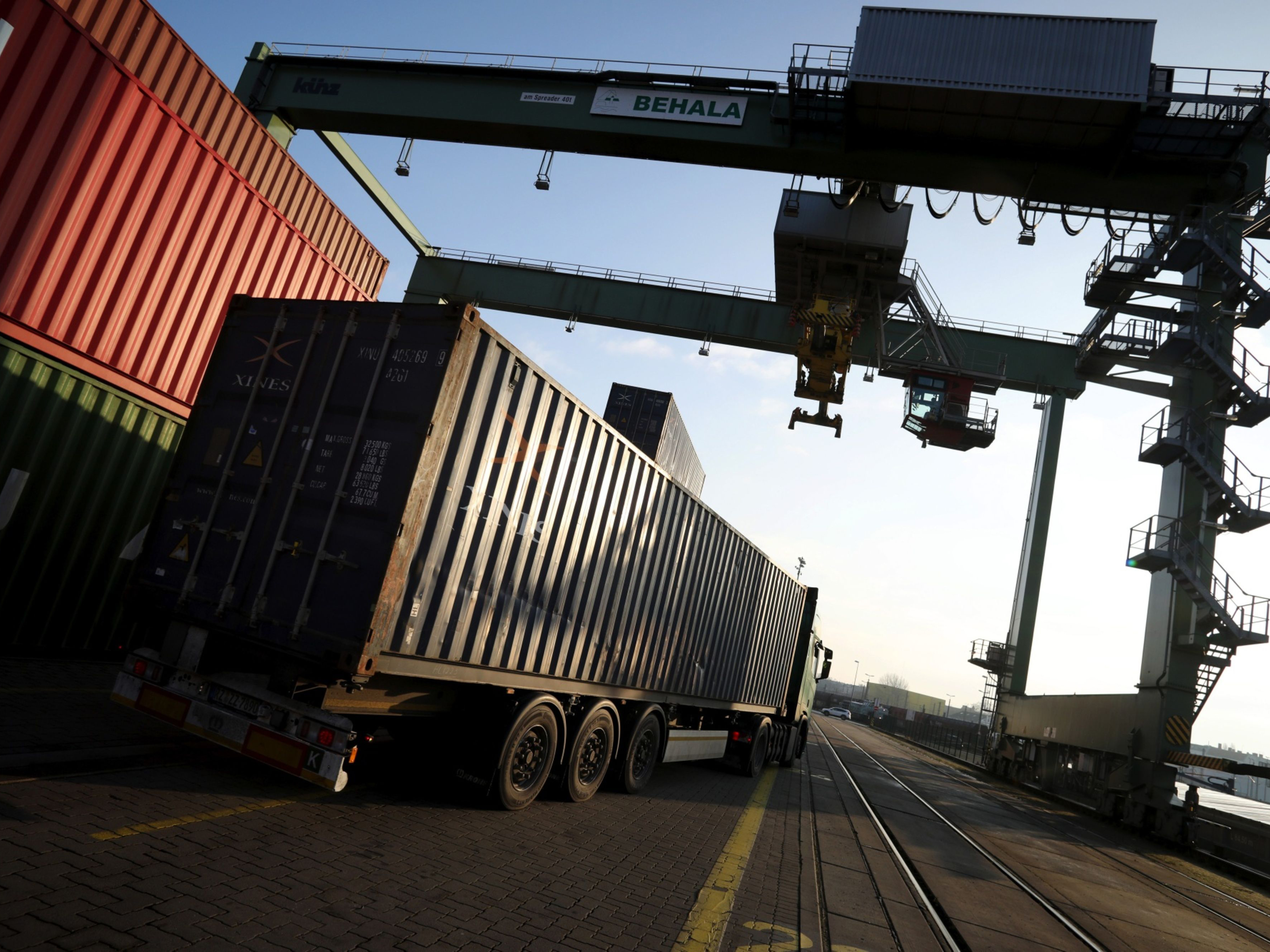
Visit Our Sponsors |
|
|
|
|
|
|
|
|
|
|
|
|
|
|
|
|
|
|
|
|
|
|
|
|
|
|
|
|
|
|
|
|
|
|
|
|
|
|
|
|
|
|
|
|
|
|
|
|
|
|
|
|
|
|
|
|
|
|
|
|
|
|
|
|
|
|
|
|

Photo: Bloomberg.
Overall logistics costs in the U.S. fell last year by 4% to $1.56 trillion, according to a report presented Tuesday at the Council of Supply Chain Management Professionals (CSCMP) annual conference. The drop was primarily driven by a 15% decrease in inventory carrying costs.
Transportation costs increased 0.8%, driven by a 24.3% increase in the parcel and last-mile segment from e-commerce and home delivery growth, the report said. Airfreight costs increased by 9%, motor was down 0.6%, ocean was down 28.6%, and rail was down 11%.
Costs have continued to fluctuate throughout 2021 and are currently trending up.
"We're seeing prices increase across the board but most notably in the parcel, storage and warehousing, international and ocean segments," said Balika Sonthalia, a partner at consulting firm Kearney, which produced the report.
E-commerce grew by 33% to $792 billion, pushing logistics providers to expand services and develop new solutions. The report highlighted the resilience, innovation and focus on strategic relationships that are helping companies navigate challenging conditions that continue to disrupt supply chains globally.
Sonthalia said conditions continue to be challenging across the board, but labor challenges and limited availability of transportation assets due to the semiconductor shortage have added to tightness in the market.
"We're seeing the shippers and logistics providers focusing on resilience," she said.
That resilience looks different for carriers and shippers. "For carriers, it is keeping their operation running and trying to manage the cost. They've been trying to find ways to acquire assets in a more creative way or partner with others to get capacity," Sonthalia said, adding that shippers are focusing on creating broader relationships and expanding services.
As retailers head into the fourth quarter, inventory levels are increasing and warehousing space is harder to find.
"The added curve ball now is we're not at a lockdown, so people are going to shop online, and they are looking for the in-store experience,” Sonthalia said. “For retailers, that means they have to have inventory in both places.”
RELATED CONTENT
RELATED VIDEOS
Timely, incisive articles delivered directly to your inbox.






